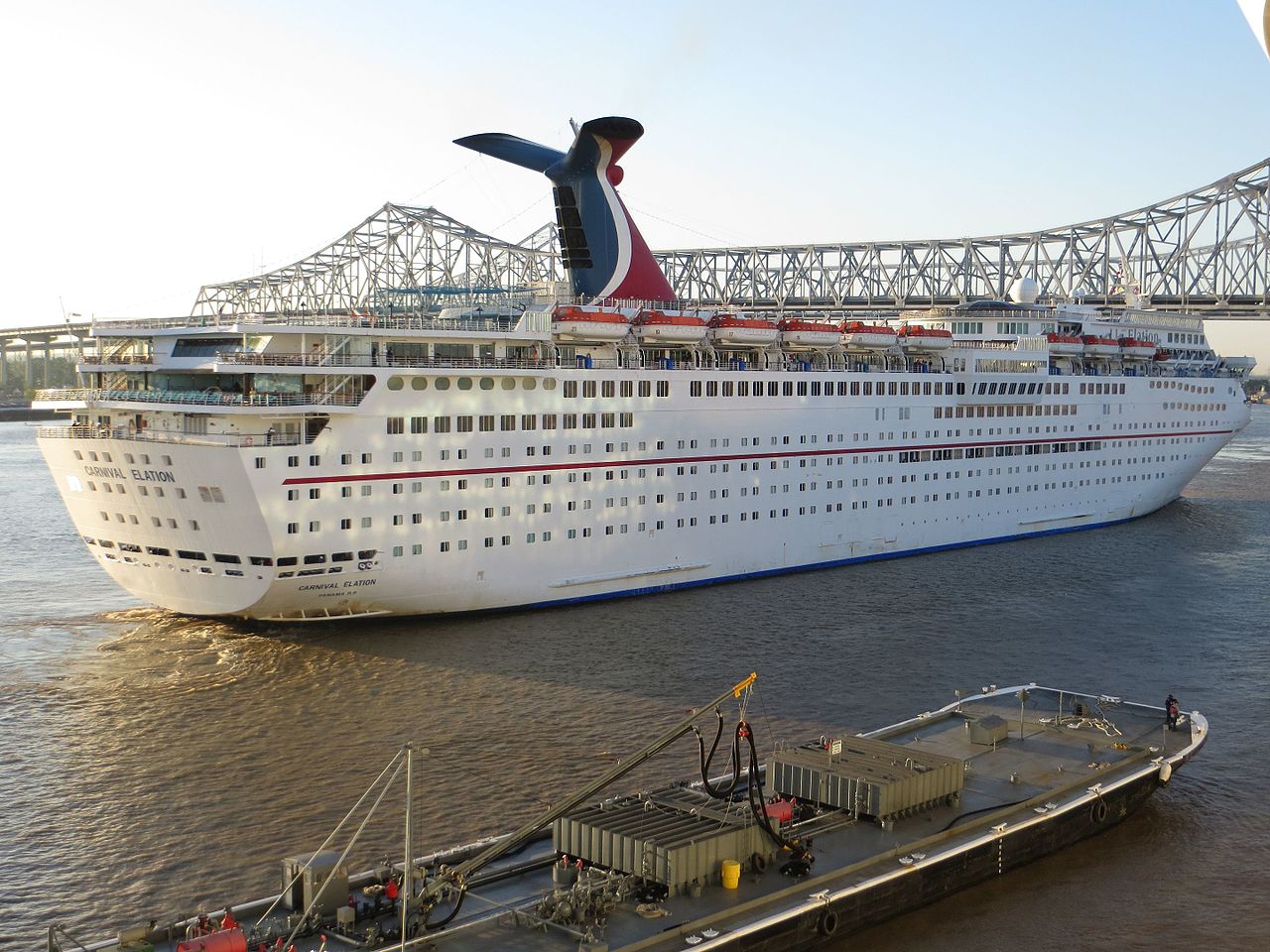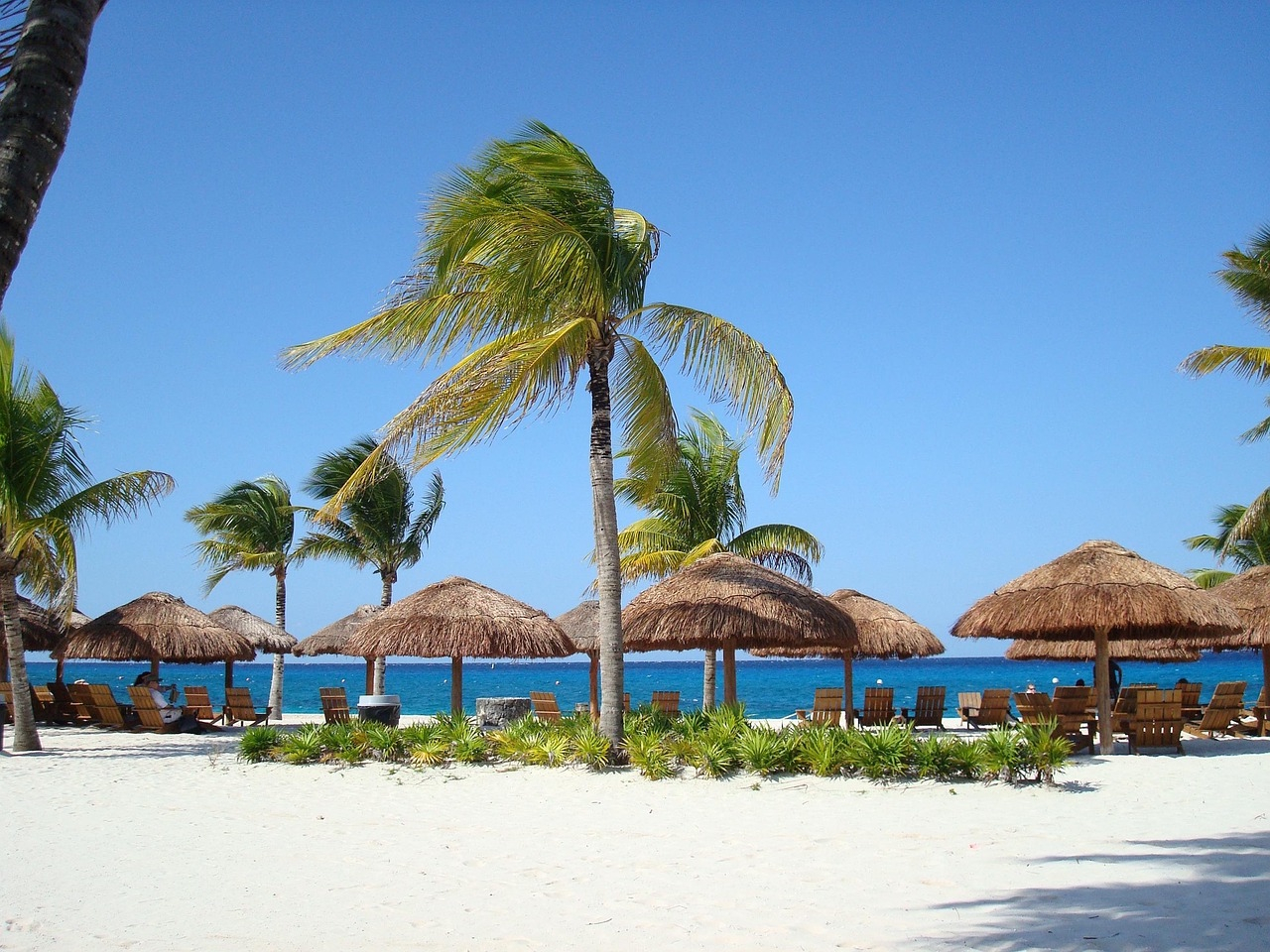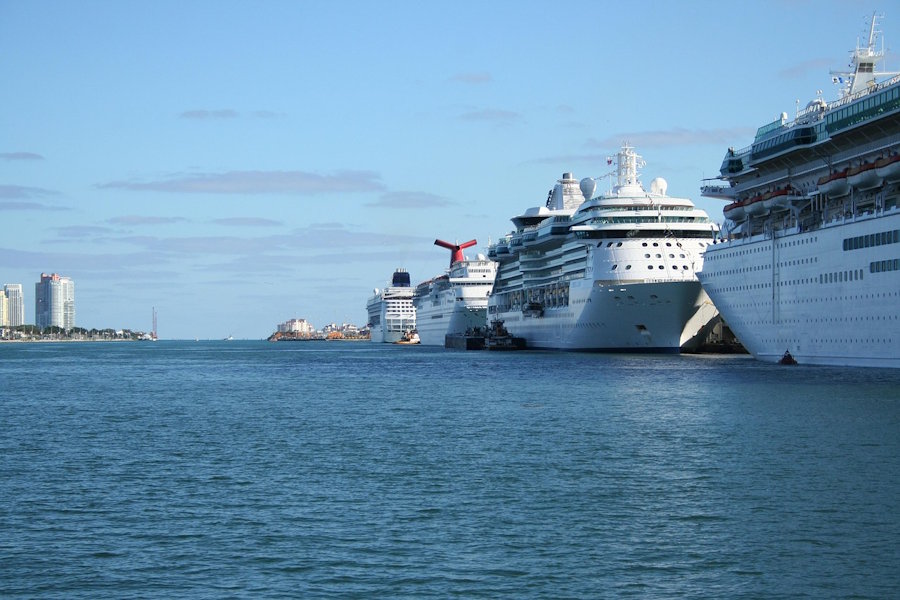Home » Do cruise ships get cold at night?
Do cruise ships get cold at night?
Updated May 7th, 2025
Some folks like to sleep in a warm room, some like it cold. There’s been a rumor about cruise ship temperature and that the rooms get cool at night, and they can. For bedding, most cruise lines have at minimum, a flat sheet and a duvet – and possibly another blanket in between.
Temperature Management on Cruise Ships
Cruise ships provide a unique travel experience. Passengers often wonder about onboard conditions. A common concern is whether cabins and public areas get cold at night. Cruise lines carefully regulate temperatures to ensure comfort.
Factors like ship design, itinerary, and personal preferences influence the experience. This article explores how cruise ships manage temperature. It details what passengers can expect at night. It offers tips for staying comfortable.
Check out this article: What & HOW to Pack for a Cruise + Packing Checklist to help decide what you should bring on your cruise.
Overview of Temperature Regulation
Modern cruise ships use advanced climate control systems. These maintain consistent temperatures in staterooms, dining areas, and public spaces. Systems resemble those in hotels.
Centralized heating, ventilation, and air conditioning (HVAC) units ensure comfort. They function regardless of external weather. Stateroom thermostats allow temperature adjustments.
Settings typically range from 65 to 78 degrees Fahrenheit. Exact ranges vary by cruise line and ship.
Public areas maintain standard temperatures. These include restaurants, theaters, and lounges. Temperatures are often set between 70 and 74 degrees Fahrenheit.
This accommodates diverse passenger preferences. Areas near exterior doors or open decks may feel cooler. This is common in colder regions like Alaska or Northern Europe. Newer ships, like Royal Caribbean’s Icon-class or Celebrity’s Edge-class, use energy-efficient HVAC systems. These minimize fluctuations and enhance comfort.
Factors Influencing Nighttime Temperatures
Several factors affect how cold a cruise ship feels at night:
- Itinerary and Climate: Cooler regions impact onboard temperatures. Cruises in Alaska, the Baltic Sea, or Antarctica encounter lower external temperatures. Indoor areas near windows or balconies may feel cooler. Tropical itineraries, like the Caribbean or Mediterranean, are warmer. However, air conditioning can make interiors chilly.
- Cabin Location: Staterooms near exterior walls or upper decks may feel cooler. Large windows or balconies increase exposure to outside air. Balcony cabins can experience drafts if doors are left open. Interior cabins stay warmer. They are insulated by surrounding rooms.
- Ship Design: Older ships have less efficient insulation. HVAC systems may be outdated. This leads to occasional cool spots. Newer ships, like those from Norwegian or MSC Cruises, use advanced insulation. This reduces external weather impact.
- Air Conditioning: Strong air conditioning cools cabins and public areas. This is noticeable during warm-weather cruises. Nighttime feels colder when activity levels drop.
Understanding these factors helps passengers prepare. They can adjust expectations based on itinerary and ship.
Stateroom Comfort at Night
Staterooms are designed for passenger comfort. Individual thermostats allow temperature control. Most cruise lines provide ample bedding. Carnival, Princess, and Holland America offer blankets and duvets.
Passengers sensitive to cold can request extras. Cabin stewards fulfill these requests promptly. Portable heaters are less common. Fire safety regulations limit their availability.
Balcony cabins are popular but prone to drafts. Leaving balcony doors open cools the room. Poorly sealed doors exacerbate this. Passengers should ensure doors are closed tightly.
Closing curtains or blinds insulates windows. This maintains warmth in colder climates. Interior or midship cabins offer stable temperatures. They are ideal for those prone to feeling cold.
Public Areas and Outdoor Spaces
Public indoor spaces are kept comfortable. Dining rooms, theaters, and lounges use consistent temperatures. Evening air conditioning can feel chilly. Proximity to exterior exits adds coolness. Passengers may notice this in larger venues.
Outdoor areas face natural weather conditions. Pool decks and promenades get cold at night. This is pronounced in regions like Alaska or during transatlantic crossings. Cruise lines address this. Viking and Cunard provide blankets in outdoor lounges. Some ships offer heated seating. These features enhance comfort in colder routes.
Tips for Staying Warm
Passengers can ensure nighttime comfort with simple steps:
- Adjust the Thermostat: Set the stateroom thermostat upon arrival. Preferred temperatures vary. If controls fail, contact guest services.
- Pack Appropriately: Bring layers for cooler evenings. Sweaters, long sleeves, or light jackets suit outdoor activities. Heavier sleepwear helps in chilly cabins.
- Request Extra Bedding: Ask cabin stewards for additional blankets or pillows. Most cruise lines accommodate this quickly.
- Close Balcony Doors and Curtains: Seal balcony doors to prevent drafts. Draw curtains to insulate windows.
- Choose the Right Cabin: Select interior or midship cabins for stable temperatures. These are ideal for colder climates.
- Prepare for Outdoor Areas: Pack scarves, hats, or gloves for nighttime deck activities. This is crucial for cooler regions.
These steps enhance comfort. They allow passengers to enjoy their cruise fully.
Considerations for Specific Itineraries
Temperature varies by destination. Tropical cruises rarely feel cold. The Bahamas or South Pacific maintain warm conditions. Air conditioning can make interiors chilly. Cruises to Alaska, Norway, or Patagonia face cooler nights.
Open decks and exterior cabins feel the impact. Polar or expedition cruises, like those by Hurtigruten or Lindblad Expeditions, operate in extreme climates. Passengers should pack for cold conditions. Layered clothing is essential.
Itinerary planning helps. Researching weather patterns prepares passengers. Checking cruise line recommendations ensures proper packing. This minimizes discomfort during colder voyages.
Cruise Line Variations in Temperature Control
Most cruise lines maintain similar temperature standards. Variations exist based on demographics and ship design. Disney Cruise Line keeps family-friendly areas warmer. Luxury lines like Silversea or Regent Seven Seas offer advanced climate control.
Suites often have precise thermostats. Older ships, like those from Costa or P&O Cruises, may have less consistent regulation. Passengers should research ship age and design. Newer vessels provide better temperature stability.
Some lines cater to specific climates. Expedition cruise lines prioritize warmth in polar regions. Mainstream lines balance comfort across diverse itineraries. Understanding these differences aids cabin selection.
Role of Technology in Temperature Management
Modern cruise ships use advanced HVAC systems. These ensure consistent temperatures. Energy-efficient designs reduce fluctuations.
Sensors monitor indoor conditions. They adjust heating or cooling automatically. Newer ships incorporate smart thermostats. These allow precise passenger control.
Insulation technology has improved. Synthetic materials and sealed surfaces retain warmth. Double-glazed windows reduce heat loss. These features are standard in newer fleets. They enhance comfort in extreme climates.
Passenger Responsibilities for Comfort
Passengers play a role in staying comfortable. Checking cruise line guidelines is key. These outline cabin features and climate control options. Packing for the itinerary is crucial. Layered clothing suits variable conditions. Communicating needs to the crew helps. Requesting extra bedding or reporting thermostat issues ensures quick fixes.
Arriving prepared reduces discomfort. Passengers should test thermostats upon boarding. They should inspect cabins for drafts. Prompt reporting resolves issues efficiently. Cooperation with the crew enhances the experience.
Impact of Temperature Regulation on Cruise Experience
Effective temperature control improves onboard comfort. It ensures passengers enjoy their vacation. Well-regulated cabins promote restful sleep. Comfortable public areas enhance dining and entertainment. Outdoor spaces, when equipped for cold, remain enjoyable.
Proper regulation builds trust. Passengers feel confident in the ship’s systems. This reduces worries about nighttime cold. Preparation and cruise line efforts create a seamless experience. Travelers can focus on their journey.
Additional Tips for Enhanced Comfort
Passengers can take extra steps for warmth:
- Bring Portable Warmers: Hand or foot warmers suit outdoor activities. These are useful in colder regions.
- Use Cabin Amenities: Leverage provided robes or slippers. These add warmth during chilly nights.
- Avoid Overcooling: Set air conditioning moderately. This prevents cabins from becoming too cold.
- Plan Evening Activities: Choose indoor venues for nighttime entertainment. This avoids cold outdoor areas.
Collaboration with Ports and Crew
Ports influence onboard conditions. Colder regions require robust HVAC performance. Crew members monitor systems closely. They adjust settings based on external weather. Passengers should communicate concerns to staff. This ensures prompt adjustments.
Ports with extreme climates may limit outdoor access. Cruise lines prepare for this. Heated lounges or covered decks provide alternatives. Cooperation between crew and passengers maintains comfort.
Industry Commitment to Passenger Comfort
Cruise lines prioritize passenger well-being. Advanced HVAC systems reflect this commitment. Regular maintenance ensures reliability. Crew training enhances responsiveness. Lines invest in modern designs. This improves temperature regulation across fleets.
Transparency is valued. Cruise lines inform passengers about cabin controls. They provide packing guides for itineraries. This builds confidence. A comfortable environment enhances the cruise experience.
In Conclusion
Cruise ships maintain comfortable temperatures. Nighttime conditions vary by itinerary, cabin location, and ship design. Passengers can adjust thermostats and pack strategically. Choosing the right cabin ensures warmth.
Understanding cruise line systems prepares travelers. With proper planning, passengers enjoy a cozy and pleasant journey. Preparation and cruise line efforts ensure a comfortable experience.

RECENT POSTS

Discover the Cruise Ports of Eastern Canada & Quebec

Inside the Worst Cruise Lines: Lowest-Rated Ships and Why They Disappoint

Snorkeling in Cozumel: A Cruise Passenger’s Guide for Your Port Day

How to Make the Most of a Short Port Stop in Cozumel

Cruise Ship Ports in Florida

